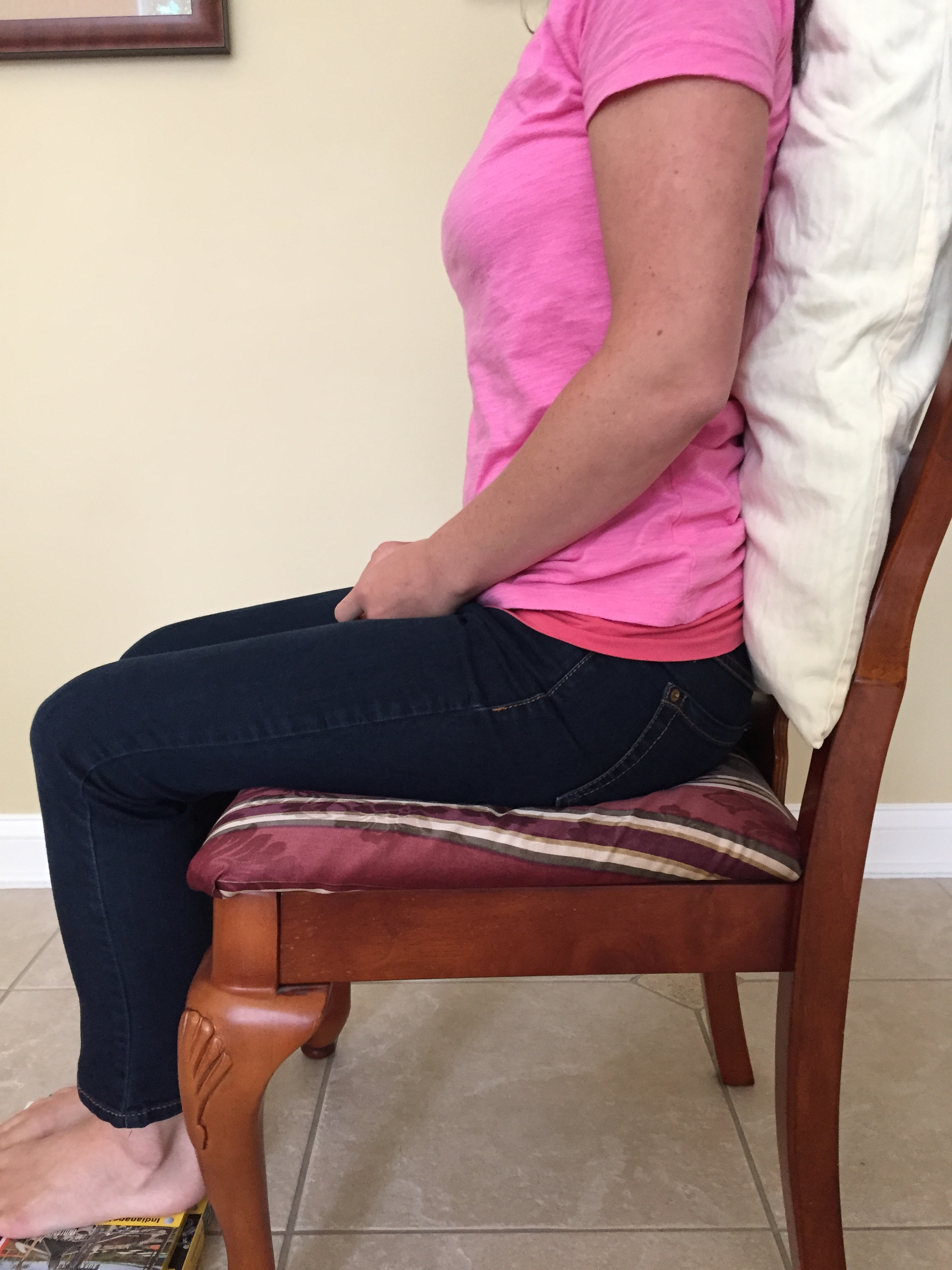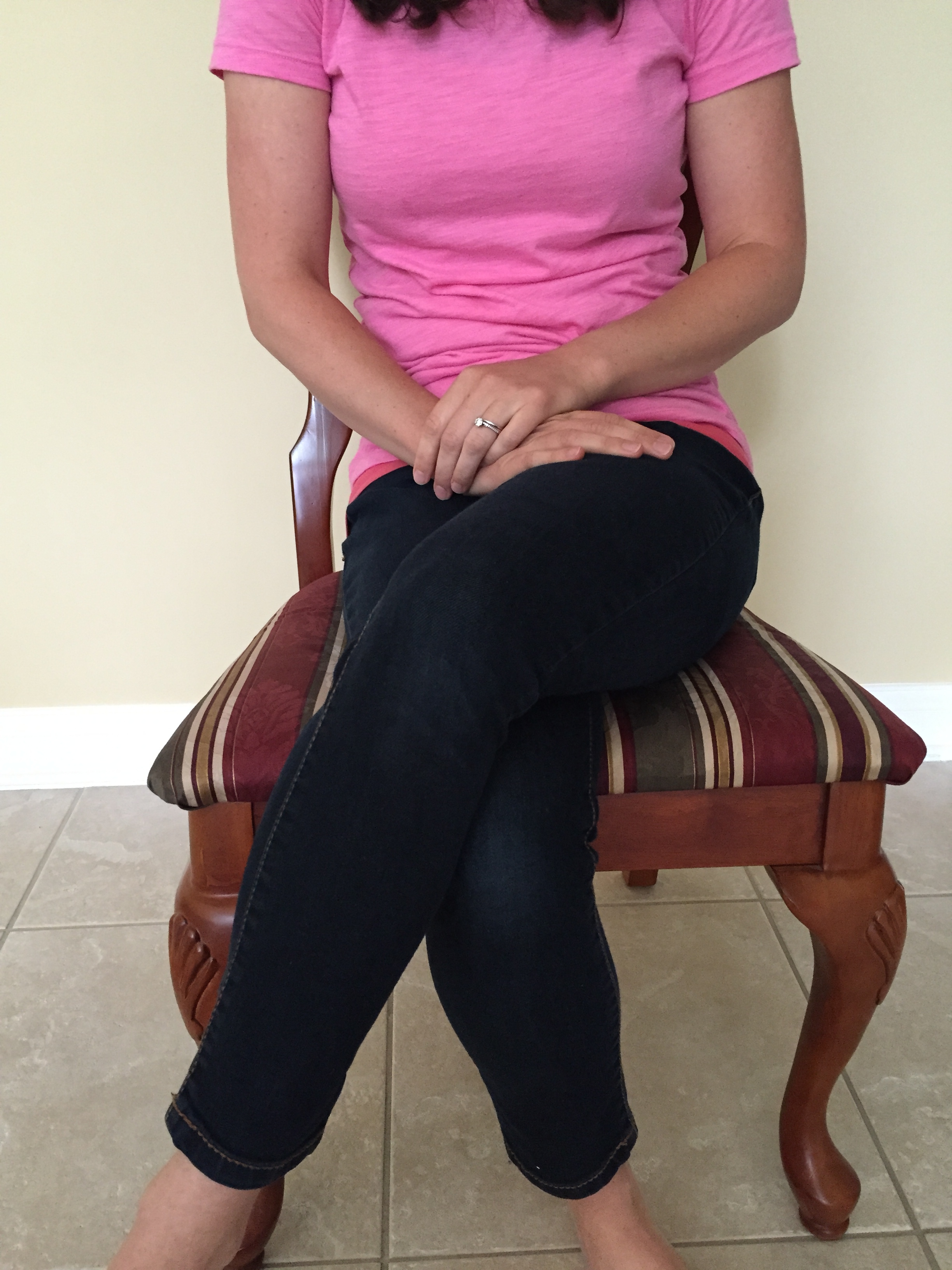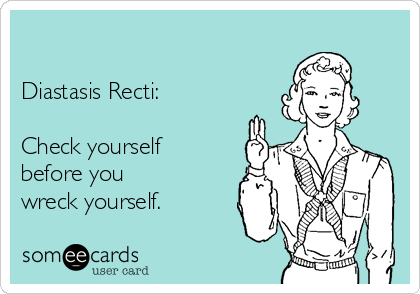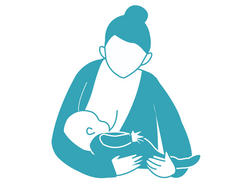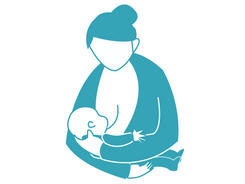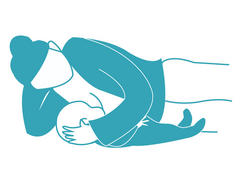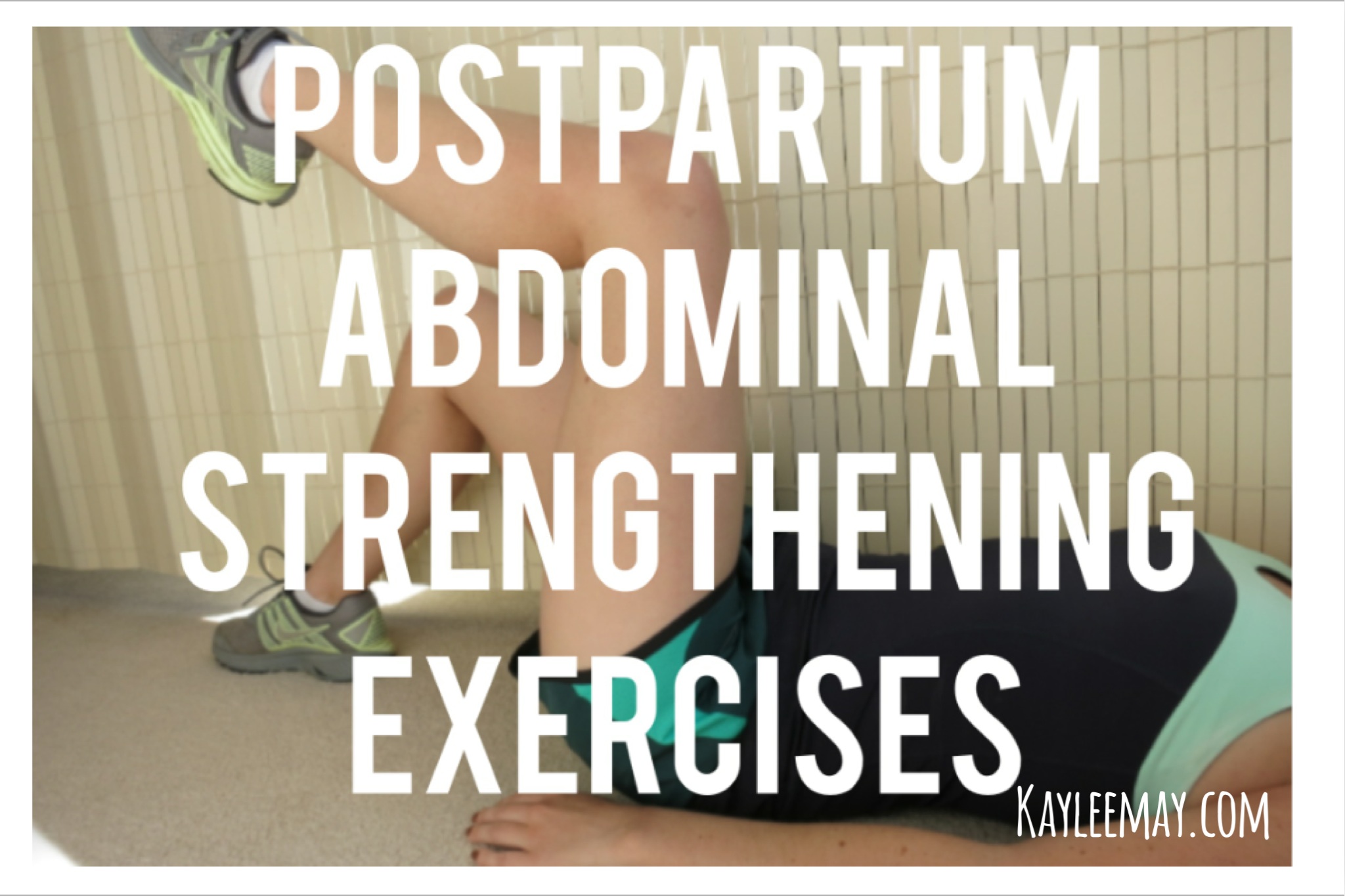Thanks so much for reading through my series on the Kegel muscles (aka pelvic floor). I hope that I was able to help you in some way. Here are some questions people emailed, texted, or asked me personally after reading through my posts.
I am a mom of 5 children who were each delivered via C-section. Why are my vaginal muscles weakening? What are the best exercises and best diet plan (if that is a factor)?
Even though your children were delivered via C-section, the weight of carrying around a child (or 5) was enough pressure on your pelvic floor to stretch it out. Other factors, like your posture and sleeping position, can weaken your pelvic floor. The good news is that you can strengthen it! I recommend reading through my posts and adjust your posture and incorporate a daily routine of strengthening your Kegels. If you feel like you need more help, see a physical therapist.
I sometimes get a sudden urge to pee and have to run to the bathroom. If I don’t make it in time, I leak urine. Will strengthening my Kegels help prevent this?
This is a good time for me to bring up the different types of incontinence: urge, stress, overflow, and functional.
Urge incontinence is what is described in this question and occurs when there is an urgent need to rush to the bathroom. There can be many reasons for this, so I recommend discussing it with your doctor before attempting to strengthen your Kegels.
Stress incontinence occurs due to an increase in abdominal pressure like coughing, sneezing, or laughing. Pelvic floor strengthening is usually helpful for this type of incontinence. I also recommend that when you are coughing, laughing, or sneezing you contract your Kegels and your abdominals. You would benefit immensely from seeing a physical therapist.
Overflow incontinence occurs when you are not able to completely empty your bladder, so when it fills up again, you leak. This may occur because of a number of medical reasons, so I recommend speaking to your doctor if you feel this is the case.
Functional inctontinence occurs when a physical problem prevents you from getting to the bathroom on time.
Take ownership of your health! You CAN change your incontinence problems, so don’t sit around in silence due to embarrassment. Seek help so you can change your life for the better! If you seek professional help and are only put on a medication, I encourage you to ask more questions. Ask your practitioner which type of incontinence describes your condition and if physical therapy may help–whether you are male or female!
I leak urine when I cough and sneeze. It all started when I was about 15 weeks pregnant. I told my ob-gyn at one of my prenatal appointments, and she told me to cross my legs when I cough or sneeze. Is this what I should be doing?
Um, with all due respect to your ob-gyn, NO. Crossing your legs when you sneeze to prevent the leakage of urine might be a quick fix because it literally pulls the pelvic floor muscles taut. Pulling the muscles taut overtime STRETCHES them. A muscles that is overly stretched out is much harder to contract. Therefore, crossing your legs can weaken the muscles overtime and perpetuate the problem. I recommend contracting your Kegels and your abdominals (as instructed here) when you cough/sneeze/laugh rather than crossing your legs. Also, take yourself through the exercise progression.
I was told to strengthen my Kegels, I should contract the muscles on and off when I am peeing to make them strong. Is this a good exercise?
I have a lot of patients who tell me they do Kegel exercises when they are peeing, and I die a little bit inside every time I hear it because of the sacral micturition reflex. (the who-sa-what-a?!?!?!) Ever since our potty-training days, the act of sitting on the toilet signals our brain to tell our pelvic floor muscles, “okay, relax now” and tells our bladder “okay, contract now” so pee comes out. When we change that up by doing the OPPOSITE—that is, a kegel exercise–we screw up all that work our parents did to potty-train us. And what did we do before they potty trained us?
We peed our pants.
Don’t mess with the potty-training reflex.
Do your exercises away from the porcelain throne.
I am having pain during intercourse. How is this related to my pelvic floor?
First of all, you are not alone. It’s estimated that 20-50% of women have pain with intercourse. This means that possibly half of your friends may be experiencing the same problem! I am not going to offer much advice about this aside from saying there is a good chance it can be fixed with physical therapy. Talk to your ob-gyn and see what he/she thinks. Ask if you can have an order for physical therapy. You won’t be disappointed, and you may start having a little more fun in the sack. 😉 You can thank me later.
***The content of http://www.kayleemay.com is for informational purposes only. The information presented is not to be taken as professional medical advice, diagnosis, or treatment. If you are having pain, or seeking medical advice, talk to your health care provider. Do not delay in seeking treatment because of information you have read on http://www.kayleemay.com. Taking recommendations presented on http://www.kayleemay.com is solely at your own risk***




